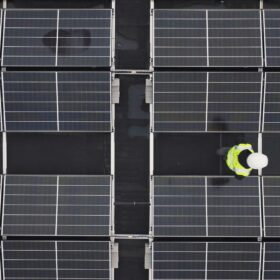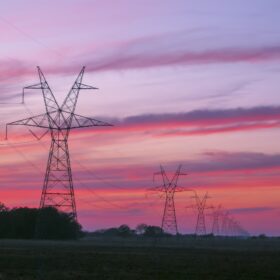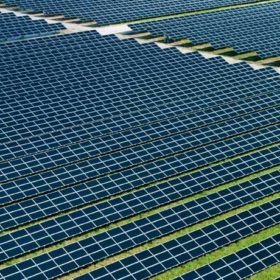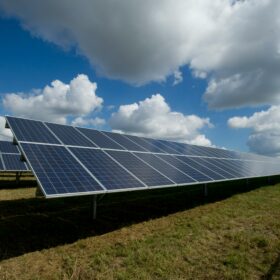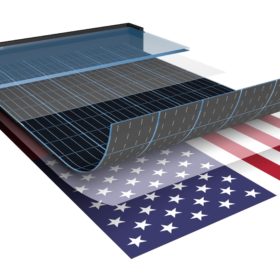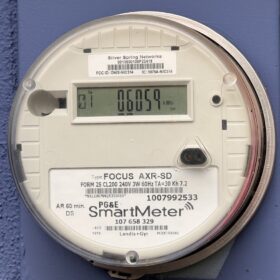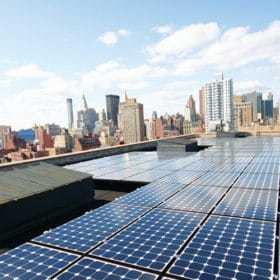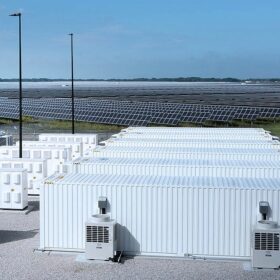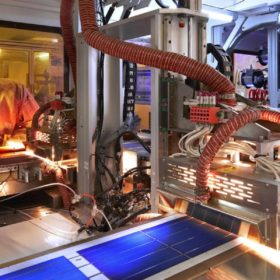Treasury issues guidance for solar, wind ‘start of construction’ tax credit rules
The rules for safe harboring clean energy tax credits are “not as bad as rumored” but uncertainty remains on qualification requirements.
Renewable energy permits now face “final review” from Trump-appointed Interior head
Solar and wind projects on public lands will now undergo “elevated review” by Department of Interior head Doug Burgum.
U.S. Congress passes anti-clean energy budget bill: An industry reacts
Solar and other clean energy industry members react to the passage of the “One Big, Beautiful Bill Act.”
Solar industry groups react to Senate Finance Committee draft bill
The announced investments of nearly $46 billion are at stake, along with jobs, the continued buildout of gigawatts of new solar and lower energy costs, all the while ceding the AI race to China, said industry leaders.
Political instability and optimism collide at ACORE Finance Forum
Financing challenges, manufacturing uncertainty, and soaring data center demand dominated day one of the ACORE Finance Forum, but the biggest concern was political: proposed changes to the Inflation Reduction Act, described by one speaker as a potential “self-goal,” cast a shadow over an otherwise optimistic outlook for clean energy investment.
States urged to promote advanced transmission technologies that can enable more solar
States have an opportunity to influence transmission providers to adopt advanced conductors and other technologies that increase transmission capacity, says a renewables trade group. Added transmission can enable more solar to connect to the grid.
Instability, uncertainty put U.S. energy dominance at risk
Many of the largest clean energy developers and investors in the U.S. would likely increase their activity in the U.S. clean energy sector as long as no changes were made to energy tax credits, according to study by American Council on Renewable Energy.
Congress can influence TVA to add renewables, trade groups say
Transmission planning by the federally owned utility TVA can bring more low-cost solar and wind power to customers, and Congress can guide the utility in that direction, says a report from two renewables trade groups.
Despite wind and solar’s low costs, PPAs remain vital
A new ACORE report says corporate use of power purchase agreements remain integral to getting large solar projects off the ground.
The future of clean energy policies in a new Trump administration
With passage of a trifecta of clean energy legislation, the U.S. now has strong industrial policy that is building out domestic manufacturing, bringing jobs to the U.S., increasing clean energy capacity, driving the economy and more. What could change?


